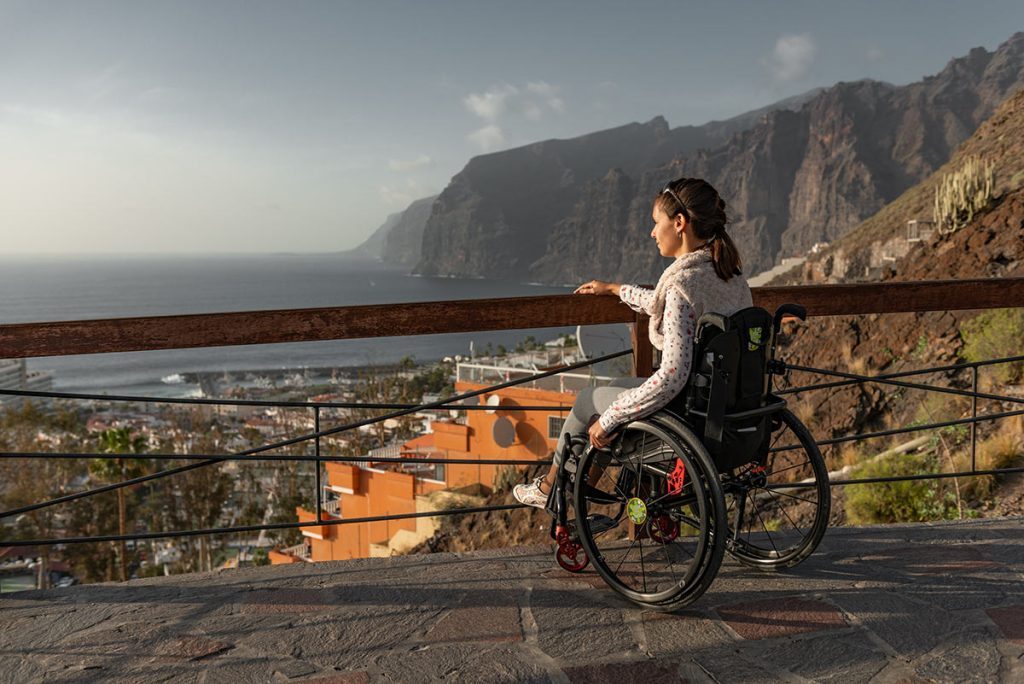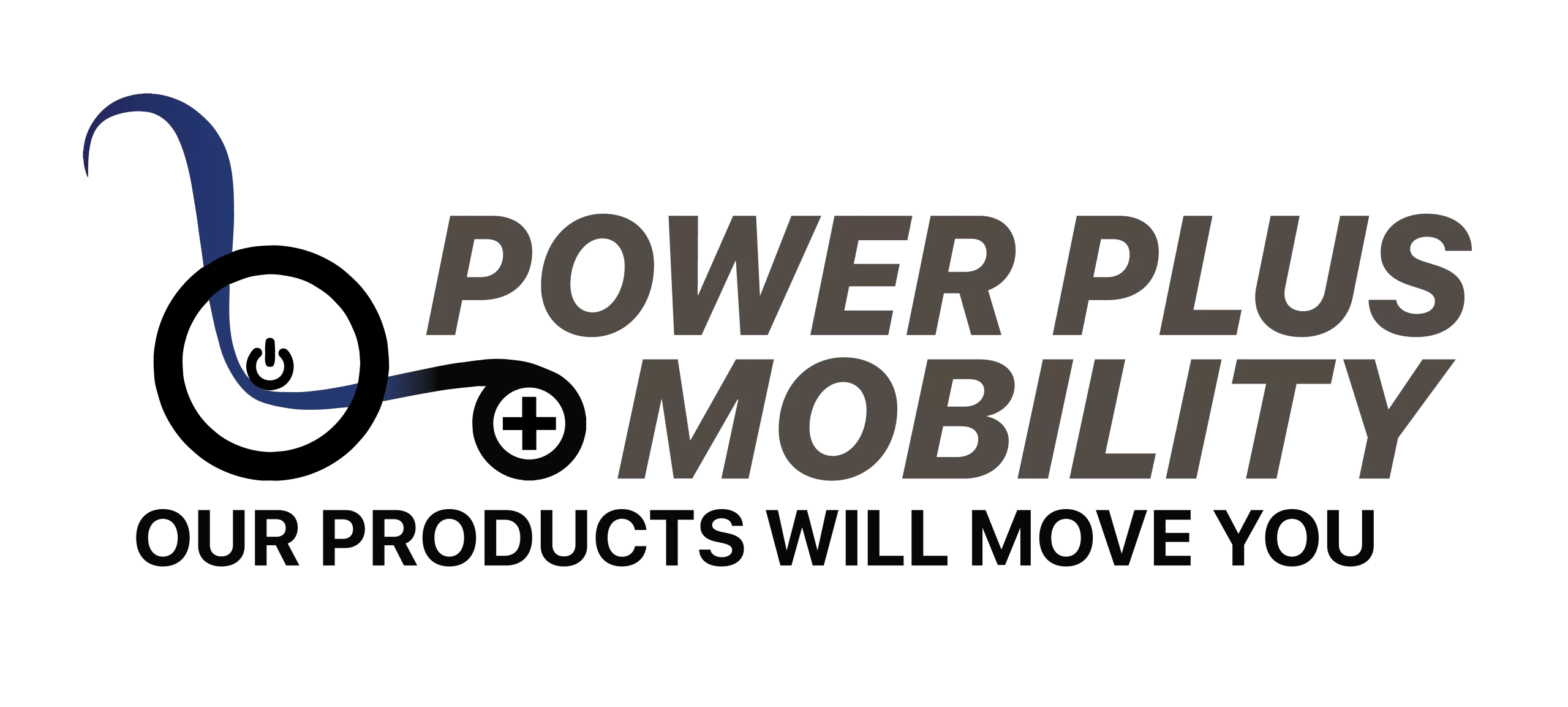
Using a wheelchair doesn’t mean giving up an active lifestyle—in fact, Canada offers some of the world’s best adaptive sports programs and fitness opportunities for wheelchair users. From Paralympic-level competition to recreational activities that promote health and social connection, staying active in a wheelchair opens doors to fitness, friendship, and personal achievement that extend far beyond traditional exercise. This comprehensive guide explores the exciting world of adaptive sports and fitness available to Canadian wheelchair users throughout every season.
The Importance of Staying Active as a Wheelchair User
Physical activity provides crucial benefits for wheelchair users that extend beyond general fitness. Regular exercise strengthens upper body muscles essential for daily mobility tasks, improves cardiovascular health, enhances mental wellbeing, and reduces the risk of secondary health complications associated with reduced mobility. Staying active also combats social isolation by connecting you with communities of like-minded individuals who share similar experiences and challenges.
Many wheelchair users report that participating in adaptive sports transforms their perspective on disability. What begins as exercise often evolves into passion, competition, social connection, and personal empowerment. Whether you’re seeking recreational enjoyment or competitive excellence, adaptive sports and fitness programs across Canada welcome participants of all skill levels and abilities.
Winter Adaptive Sports: Embracing Canada’s Cold Season
Canada’s reputation as a winter sports nation extends fully to the adaptive sports community. Rather than hibernating during cold months, wheelchair users can embrace winter through exciting adaptive activities designed specifically for snowy conditions.
Sledge Hockey: Perhaps Canada’s most popular adaptive winter sport, sledge hockey (also called sled hockey) allows wheelchair users to experience the thrill of ice hockey. Players sit in specially designed sleds that glide across the ice, using two short sticks—one end for propulsion and the other for stick-handling and shooting. Major Canadian cities host sledge hockey leagues for recreational and competitive players. The sport builds upper body strength, improves cardiovascular fitness, and provides the team camaraderie that makes hockey such a beloved Canadian tradition.
Adaptive Skiing: Ski resorts across Canada offer adaptive skiing programs using sit-ski equipment. Sit-skis feature a molded seat mounted on one or two skis, with outriggers (short ski poles with small skis on the ends) providing balance and turning control. Whether you’re gliding down gentle slopes at Blue Mountain in Ontario or tackling challenging runs at Whistler Blackcomb in British Columbia, adaptive skiing programs provide instruction, equipment rentals, and experienced guides who ensure both safety and enjoyment.
Wheelchair Curling: This Paralympic sport has gained tremendous popularity across Canada. Wheelchair curling follows nearly identical rules to traditional curling but eliminates the sweeping component. Players deliver stones from their wheelchairs, making it an accessible option for many users. The strategic, social nature of curling makes it perfect for building community connections while developing competitive skills.
Outdoor Winter Adventures: Many Canadian parks and outdoor recreation areas now offer accessible winter trails suitable for wheelchairs equipped with winter tires or specialized all-terrain attachments. Preparing your wheelchair for winter conditions ensures you can safely explore winter landscapes and participate in outdoor activities throughout the cold season.
Summer and Year-Round Adaptive Sports
When warm weather arrives, Canadian wheelchair users can choose from an impressive variety of outdoor and indoor adaptive sports:
Wheelchair Basketball: One of the most accessible and widely available adaptive sports in Canada, wheelchair basketball combines fast-paced action with team strategy. Sport-specific wheelchairs designed for basketball feature angled wheels for quick turns and stability during aggressive play. Cities across Canada host recreational leagues, competitive teams, and drop-in programs that welcome beginners and experienced players alike.
Wheelchair Tennis: Tennis Canada supports wheelchair tennis programs nationwide, offering opportunities for recreational play and competitive tournaments. The sport follows standard tennis rules with one key modification—the ball may bounce twice before being returned. Wheelchair tennis provides excellent cardiovascular exercise while developing hand-eye coordination and strategic thinking.
Adaptive Cycling: Hand-cycling has exploded in popularity among Canadian wheelchair users. These specialized bikes use hand cranks instead of foot pedals, allowing wheelchair users to enjoy cycling’s fitness benefits and the freedom of exploring bike paths and trails. Many cities now host hand-cycling clubs, offer equipment rentals, and organize group rides that build community while promoting fitness.
Wheelchair Racing: Track and road racing in specialized racing wheelchairs attracts competitive athletes seeking speed and endurance challenges. Racing wheelchairs feature aerodynamic designs, three-wheel configurations, and hand rim positioning optimized for power and efficiency. Many Canadian marathons and road races now include wheelchair racing divisions, with events like the Toronto Waterfront Marathon showcasing elite wheelchair racing talent.
Adaptive Water Sports: Swimming, kayaking, and paddleboarding adapt beautifully for wheelchair users. Many Canadian community pools offer adaptive swim programs with specialized equipment and trained instructors. Adaptive kayaking and paddleboarding programs provide access to Canada’s beautiful waterways, combining upper body exercise with peaceful outdoor experiences.
Boccia: This Paralympic precision sport resembles lawn bowling or bocce but is specifically designed for athletes with disabilities. Players throw, kick, or use ramps to propel balls toward a target ball, making it accessible for users with varying strength and dexterity levels. Boccia competitions occur year-round in community centers across Canada.
Fitness and Gym Programs for Wheelchair Users
Beyond organized sports, maintaining regular fitness routines proves essential for wheelchair users’ long-term health and mobility. Understanding how to exercise effectively in your wheelchair maximizes the benefits of your wheelchair’s ergonomic design while preventing repetitive strain injuries.
Accessible Fitness Centers: Many Canadian gyms and recreation centers now offer wheelchair-accessible equipment, including accessible weight machines, cardio equipment with wheelchair transfer options, and adaptive personal training services. Organizations like Rick Hansen Foundation rate facilities for accessibility, helping you find suitable fitness locations in your community.
Home Exercise Programs: Resistance band exercises, free weights, and bodyweight movements adapt effectively for wheelchair users. Working with a physiotherapist or certified adaptive fitness trainer helps develop personalized programs targeting upper body strength, core stability, and flexibility—all crucial for daily wheelchair use and transfer safety.
Wheelchair Sports Conditioning: Sport-specific training programs prepare athletes for competition while building functional fitness. These programs typically combine cardiovascular conditioning, sport-specific skill development, and strength training tailored to individual needs and goals.
Finding Adaptive Sports Programs in Your Community
Canada’s adaptive sports landscape has grown tremendously, with resources available in communities of all sizes:
National Organizations: Canadian Paralympic Committee, Wheelchair Sports Canada, and Canadian Adaptive Snowsports connect athletes with programs nationwide. These organizations provide information about local clubs, competitions, training camps, and funding opportunities for equipment and participation.
Provincial and Regional Programs: Each province maintains adaptive sports organizations coordinating regional programming. Ontario’s Wheelchair Sports Association, BC Wheelchair Sports, and similar provincial bodies provide comprehensive directories of local opportunities, training resources, and competitive pathways.
Community Recreation Centers: Most Canadian municipalities now offer adaptive recreation programs through community centers. Contact your local parks and recreation department to inquire about wheelchair sports, adaptive fitness classes, and specialized programming.
University and College Programs: Many Canadian universities host adaptive sports clubs welcoming community members alongside students. These programs often provide access to excellent facilities, experienced coaches, and inclusive team environments.
Getting Started: Your First Steps into Adaptive Sports
Beginning your adaptive sports journey might feel overwhelming, but taking small, manageable steps leads to success:
Assess Your Interests and Goals: Consider what activities appeal to you most. Do you prefer team sports or individual pursuits? Indoor or outdoor activities? Competitive or purely recreational participation? Your answers guide you toward programs that match your preferences and personality.
Evaluate Your Current Fitness Level: Honest assessment of your current strength, endurance, and mobility helps you choose appropriate entry-level activities. Remember that all adaptive sports welcome beginners—everyone starts somewhere, and supportive communities help newcomers develop skills progressively.
Consider Your Wheelchair Needs: Some activities work well with your daily wheelchair, while others benefit from sport-specific equipment. Understanding whether you need specialized equipment helps you make informed decisions about participation. Many programs offer equipment loans or rentals, eliminating the need for immediate purchase.
Connect with Local Programs: Reach out to organizations in your community offering adaptive sports. Most provide trial sessions, open houses, or beginner orientations that let you experience activities before committing. Don’t hesitate to ask questions about accessibility, equipment, skill requirements, and costs.
Start Gradually: Begin with one activity rather than overwhelming yourself with multiple commitments. Building consistency in a single sport or fitness routine establishes healthy habits and confidence before expanding to additional activities.
Overcoming Common Barriers to Participation
Despite growing opportunities, wheelchair users still face barriers to sports participation. Understanding and addressing these challenges helps clear the path to active living:
Transportation: Getting to and from sports venues can challenge wheelchair users. Investigate accessible public transit options, connect with teammates who might offer rides, or explore programs offering transportation assistance. Some organizations provide transportation specifically for sports program participants.
Cost: Equipment, program fees, and membership costs can add up quickly. Seek out subsidized programs, equipment loan libraries, and funding support through organizations like the Canadian Tire Jumpstart program or provincial adaptive sports associations. Many programs offer sliding-scale fees based on financial need.
Lack of Information: Many wheelchair users simply don’t know what programs exist in their communities. Proactive research, connecting with local disability organizations, and reaching out to provincial adaptive sports bodies uncovers opportunities you might otherwise miss.
Social Anxiety: Trying new activities while navigating disability-related challenges can feel intimidating. Remember that adaptive sports communities are remarkably welcoming and supportive. Everyone participating understands disability-related challenges, creating environments of mutual respect and encouragement.
The Mental Health Benefits of Adaptive Sports
Physical fitness represents just one aspect of adaptive sports’ transformative power. The mental health benefits prove equally significant:
Participation combats depression and anxiety commonly experienced by people with disabilities. Regular physical activity releases endorphins that improve mood, while social connections formed through sports combat isolation. Setting and achieving athletic goals—whether completing your first 5K hand-cycle race or learning a new basketball skill—builds confidence that extends into all life areas.
Many wheelchair users report that adaptive sports fundamentally changed their relationship with their disability. Rather than viewing their wheelchair as a limitation, sports participation reframes it as equipment enabling athletic achievement. This mental shift proves profoundly empowering, influencing how individuals approach challenges in all aspects of life.
Building Your Support Network
Success in adaptive sports often depends on strong support systems. Family members, friends, coaches, teammates, and healthcare providers all play important roles in your athletic journey. Educate your support network about your chosen activities, communicate your goals and needs clearly, and don’t hesitate to ask for specific assistance when needed.
Connecting with other wheelchair users who participate in sports provides invaluable peer support. These relationships offer practical advice, emotional encouragement, and shared experiences that help navigate the unique aspects of athletic participation as a wheelchair user. Many lifelong friendships form through adaptive sports communities.
Competitive Opportunities and Pathways
For wheelchair users discovering a passion for competitive sports, Canada offers well-developed pathways from local recreation to international competition. Provincial championships, national competitions, and ultimately Paralympic Games provide goals for dedicated athletes seeking excellence.
Even if elite competition isn’t your goal, participating in local tournaments and events adds excitement and motivation to your sports involvement. The camaraderie of competition, the thrill of challenging yourself, and the satisfaction of representing your community create meaningful experiences regardless of competitive level.
Creating Your Personal Fitness Plan
Not everyone wants to join organized sports programs—some wheelchair users prefer independent fitness routines. Creating a sustainable personal fitness plan requires understanding your body’s needs, setting realistic goals, and maintaining consistency.
Consider working with healthcare professionals familiar with wheelchair users’ specific needs. Physiotherapists, occupational therapists, and adaptive fitness trainers help develop balanced programs that build strength without causing repetitive strain injuries common among wheelchair users. They also teach proper positioning and ergonomics that protect your body during exercise.
Seasonal Activity Planning
Canada’s distinct seasons offer opportunities to vary your activities throughout the year, preventing boredom while developing diverse fitness skills. Winter might focus on sledge hockey and adaptive skiing, while summer emphasizes outdoor activities like hand-cycling and wheelchair tennis. This seasonal variety keeps your fitness routine fresh and engaging while adapting to weather conditions that affect wheelchair mobility.
The Bottom Line: Your Active Life Awaits
Canada’s adaptive sports and fitness landscape continues expanding, offering wheelchair users unprecedented opportunities for active, engaged lives. Whether you seek recreational enjoyment, competitive challenge, fitness maintenance, or social connection, programs exist to meet your needs and interests.
Your wheelchair doesn’t limit your athletic potential—it simply changes how you participate. From ice rinks and basketball courts to cycling trails and swimming pools, Canadian adaptive sports communities welcome you. The first step is often the hardest, but taking that step opens doors to experiences that can transform your health, expand your social network, and fundamentally change your relationship with your wheelchair.
At Power Plus Mobility, we understand that your wheelchair supports not just daily mobility but an active, engaged lifestyle. Our Canadian-made wheelchairs are designed with the strength and durability needed for both daily use and athletic pursuits. For more information about choosing the right wheelchair for an active lifestyle, explore our custom wheelchair options designed to support your goals.
Ready to discover more ways to maximize your independence and quality of life? Visit our blog for comprehensive guides covering all aspects of wheelchair living in Canada, from accessibility tips to equipment care and community resources.
To visit our social media, please click on Facebook and Instagram




